
By Ian Cushway
05th June, 2018
|
Celebrating 70 years of the Jaguar XK
The fascinating story of the game changing XK120 and the legacy it created.
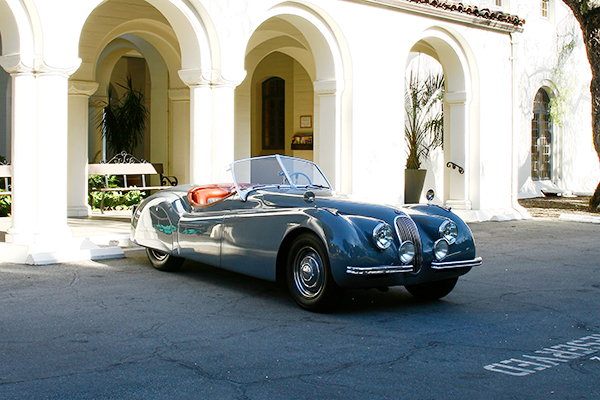
Credit: Image source - Moss Europe 2018
For a ground-breaking car that instantly made Jaguar famous the world over, it’s shocking to think that the XK120 made its debut as nothing more than a show stand-in and a means to promote the firm’s all new straight-six 3.4-litre engine destined for the firm’s forthcoming Mk VII luxury saloon. More extraordinary still, the sleek-looking roadster’s profile was created in just two weeks by Jaguar boss, William Lyons, and because it looked so good it only needed minor tweaks before it was rushed into production.
That was 70 years ago and both the car and fabled XK engine have subsequently gone on to earn the Coventry firm worldwide acclaim, the latter powering generations of Jaguars right up until the 1990s, as well as military vehicles such as the Scorpion and Scimitar light tanks.
So, as a suitable platinum celebration of this legendary match, we’ve put together a profile of the car, the powerplant and the XK legacy that it initiated. Oh, and we’ve even got some tips on choosing the best example if you’re in the fortunate position of being able to buy one!
Taken by surprise
Seven decades on, it’s difficult to appreciate the impact the XK120 must have had on the grey suited post-war public as they struggled to cope with continued food rationing, bomb sites and the fact that Fuel Minister Hugh Gaitskell was telling motorists they could only travel 90 miles a month in their cars. And to an extent, Jaguar too was taken by surprise by the reception it received. Having only expected to sell a modest 200 cars, to avoid heavy investment, the first XK120s were virtually hand built at the Swallow Road factory with aluminium panels (supplied by JH Cooke’s of Nottingham) placed over a traditional ash frame.
However, with brimming order books and in order to satisfy demand from across the pond, after just 240 cars were made, the switch was made to steel (bonnet, boot and doors excepted) with Pressed Steel in Oxford being commissioned to produce the bodies.
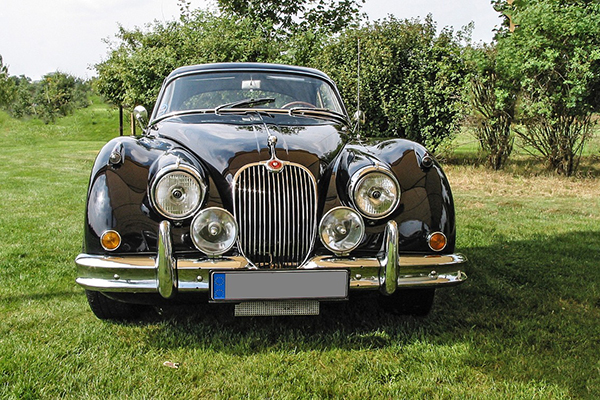
Credit: Image source - WolfBlur on Pixabay
Speed matters
The necessary re-tooling took time and investment which delayed production until May 1950, however nobody actually knew how fast the car could really go – the 120 nomenclature being conceived as little more than an educated stab in the dark. To satisfy curiosity Jaguar took an aluminium bodied XK for speed trials in Jabbeke in Belgium, closing off a section of motorway in order to put it through its paces. The first run with hood and sidescreens in place allowed the car to record 126.448mph, and with these removed it made 132.596mph. To put this into perspective, at that time only highly unpredictable race cars could reach anything like these kinds of speeds, and none could be used on the streets, thus making the sleek Jaguar easily the fastest road car in the world.
And, just as importantly, especially for the US markets, it also proved reliable. In 1952, in high speed endurance trials with a young Stirling Moss at the wheel, the car managed to average over 100mph for an entire week. The car they did it in, LWK 707, is now in the Jaguar Heritage Trust’s collection.
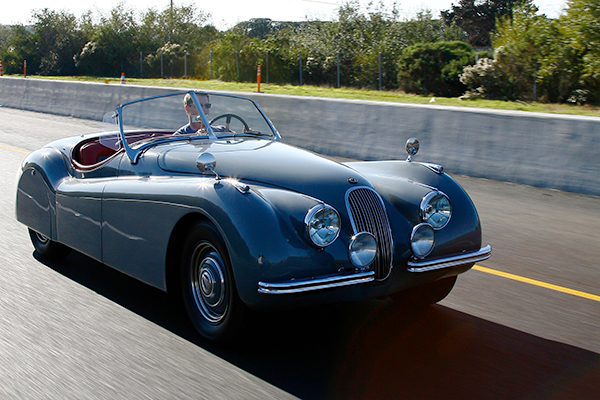
Credit: Image source - Moss Europe 2018
Dream drive
It has to be said, even today the XK120 still feels fast and will be totally thrilling to drive. The only real snag is the fact that it’s just a bit too powerful for those humble drum brakes. However, power delivery and the astonishing amount of torque from way down in the rev range makes it docile at low speeds yet totally explosive when the right foot is called upon. In short, it’s not as highly strung as many of its contemporary rivals – and that again, is due to the talent that lies behind that genius XK engine with its twin overhead camshaft, lightweight RR50 alloy cylinder heads and innovative curved inlet ports to aid gas flow.
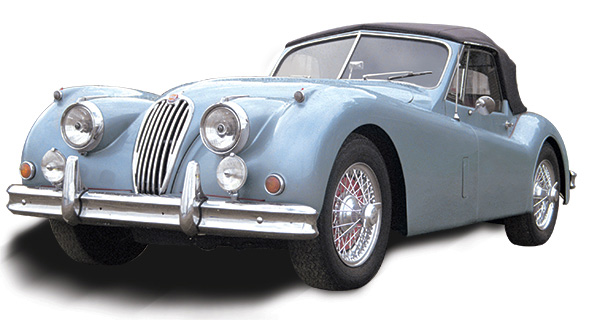
Credit: Image source - Moss Europe 2018
Magic make up
So what about the rest of the early XK? Well, there was a conventional ladder frame chassis with an independently sprung torsion bar arrangement and telescopic shocks at the front and a live axle hung on conventional half elliptic leaf springs with lever arm dampers at the rear. Steel wheels (16in) with full spats enclosing the arch were fitted as standard, although wires became an option after 1951 and, to be honest, the majority of examples have them fitted these days.
The XK engine was mated to a four-speed Moss three-synchromesh gearbox; overdrive was never an option and cannot be retro fitted. Early XKs featured an ENV rear axle but this was soon replaced by the Salisbury 2HA. Meanwhile, braking was courtesy of drum brakes all round with a single master system being later replaced by a tandem arrangement separating the front and rear circuits.
Inside, leather was the order of the day but while the open-topped car had a leather covered dash, the coupés had wood veneer.
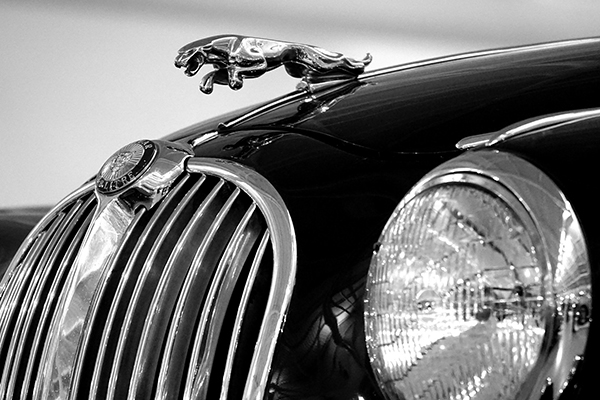
Credit: Image source - Mikes Photos on Pexels
Range expansion
The vast majority of XK120s were open two-seaters (colloquially known as roadsters), but the range was extended in 1951 with the addition of a drop-head coupé (DHC) with wind-up windows and a three-layer hood (as opposed to single layer on the roadster) with headlining for better insulation. The fixed-head coupé (FHC) was officially export only and therefore very few right-hand drive examples exist.
Also in 1951 the SE was launched. Here Jaguar’s motorsport experiences with the XK120 and C-Type were applied to the road going car and power was increased from 160bhp to 190bhp with wire wheels added to provide better cooling for the drum brakes.
Two years later a stylish drophead coupé joined the range featuring a proper folding hood, in contrast to the roadster’s rather primitive stowaway cloth and fragile frame arrangement, as well as wind-up windows and the luxury of external door handles.
XK legacy
Despite being ahead of its time, the XK120 was replaced by the XK140 in 1954. It looked broadly the same but boasted rack and pinion steering, more space inside, an additional 30bhp and the option of automatic transmission – although, as you might imagine, people always preferred the manual. Again, there was a drophead and fixed head coupé as well as an SE which now had 201bhp.
Despite suffering a factory fire the same year, Jaguar was able to produce its successor in 1957, the XK150, which featured less pronounced wings, a one-piece windscreen and disc brakes all round. The car had effectively come of age so roadholding and general comfort was notably better than the previous XKs, even if some of the XK120’s original purity had been lost a little.
The real firecracker in the XK range was the XK150S which had a reworked cylinder head, triple SU carbs, a lightened flywheel and new, more efficient manifolds. It produced 250bhp, but this increased to 265bhp when it appeared in 3.8-litre guise. However, a meagre 924 S roadsters, 249 S fixed heads and 140 drophead versions were made, so they’re ultra rare. Production of the XK150 came to an end in 1961 after a grand total of 30,504 XKs had been built.
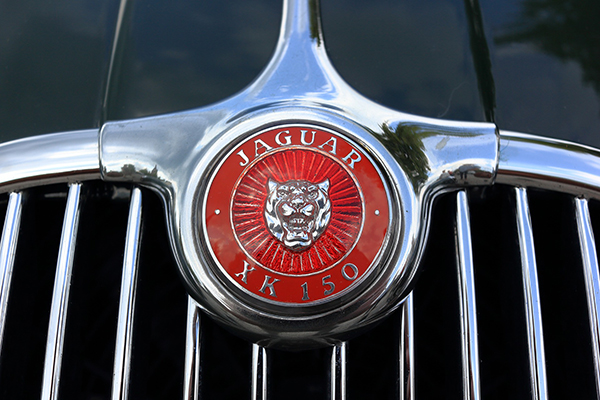
Credit: Image source - Olafpictures on Pixabay
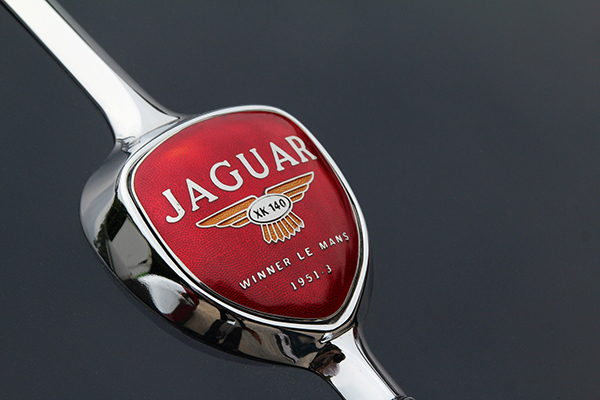
Credit: Image source - Michaelmep on Pixabay
Buying one
There’s no doubt that by the time the 150 arrived, the XK had matured from a white knuckle sports car into more of a fast GT. But no matter because all of the XKs will be huge fun to drive, rewarding to own and relatively easy to keep because of its enthusiast fan base and excellent parts situation.
Of course rust will have taken its toll by now and the fact that the cars are made up of various different materials – including plywood in the front floor – doesn’t help. Obviously, the alloy won’t rust, but it can have a reaction where it meets steel and go all powdery.
The secret, apart from going through pictures to see precisely how well the example you are viewing has been restored, is to stand back to ensure everything lines up as it should. For example, do the bottom of the wings and the doors fall flush and is the top curve of the sides elegant and smooth? Check to see if the heavy doors have sagged – the hinges aren’t that strong and if there’s lots of lift in them, chances are the bottom of the A-posts are rotten. If we’re honest, because there’s so much at stake, we would recommend enlististing the services of a Jaguar specialist or club expert from the Jaguar XK Club, Jaguar Drivers' Club or the Jaguar Owners Club or an existing XK owner to go and look at a car with you.
Bear in mind, the vast majority of cars were exported to the US, so genuine right-hand drive examples are thin on the ground. Stateside cars do still rot, but chances are if it’s come from a dry state such as California or Arizona the ‘shell will be in a lot better nick than one that’s spent its life here.
The good news, once you’ve found an honest, solid example, is that maintenance will be reasonably straightforward and cheap to carry out. For example, oil filters start at a little over a fiver, 120 clutch kits are under £300 and front brakes for the XK150 cost as little as £64.15. You can even purchase wire wheel & tyre packages for these cars.
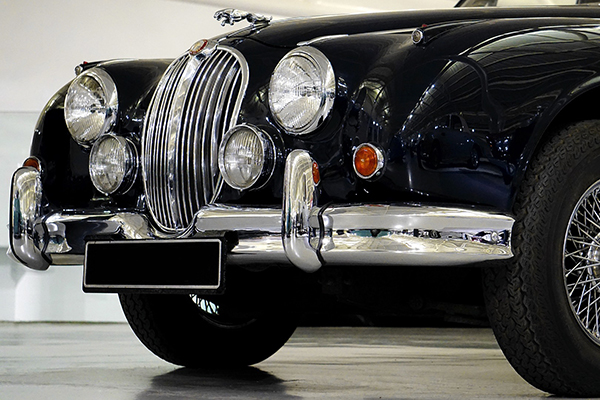
Credit: Image source - MikesPhotos on Pixabay
How much?
So here’s the crunch. How much will you need to spend on one of these historic Jaguar icons? Well, you’ll cry when we tell you that back in the ‘70s, tatty XK120s were changing hands for a few hundred pounds with the worst ones being broken up for spares because they just weren’t worth restoring. These days, the best ones are easily making £100,000-£150,000. Probably the most affordable entry point for ownership comes in the form of a fixed head XK150. Projects start at £25,000, while half decent cars will be in excess of £60,000. Roadsters will be anything from around £80,000 to £150,000. The S will be more again, but make sure it’s a genuine one, not a car that’s been treated to an ‘S’ upgrade.
Roughly £80,000 is the starting price for an 120/140 FHC, while Roadsters will comfortably exceed £100,000. Don’t even ask about the really early all-alloy XK120s. They tend to sell by word of mouth, without even being advertised!
Sure, all early XKs are dear. But once you’re in possession of a good one, it will be a pleasure to own, easy to keep and a great investment.

Keep up with all the latest from Moss Europe on our social pages
|
|












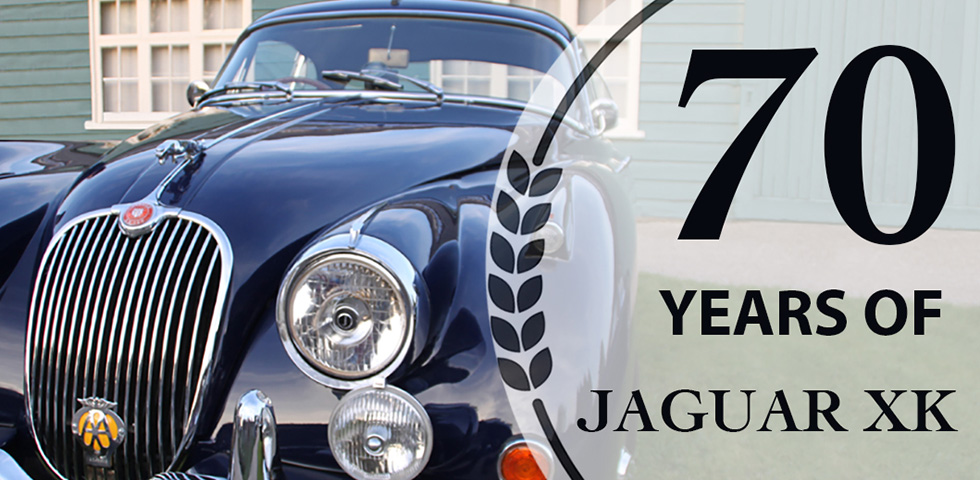



